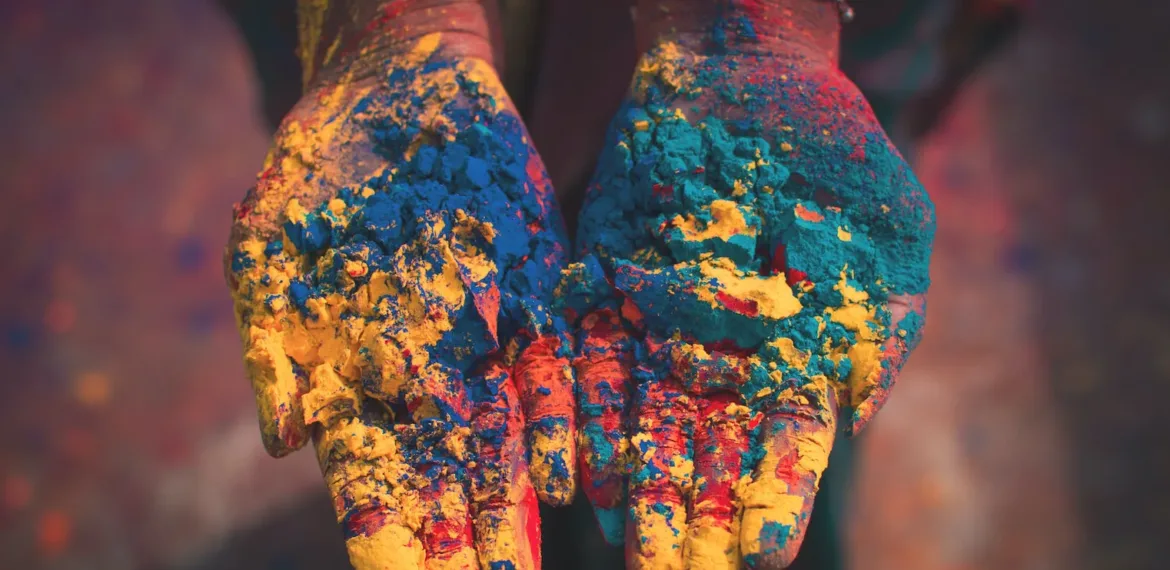“Discover Serbia’s rich cultural heritage through its traditions, customs, language, and etiquette for a truly immersive travel experience.”
ROAMOPEDIA
Serbia's Culture
Exploring Serbian Culture: Traditions, Customs, Language, and Etiquette

Related
All related contents.
Related Posts
Discover the natural beauty of Serbia at Kopaonik and Kopaonik National Park.
Discover the wild side of Belgrade at the historic Belgrade Zoo.
Discover the charm of Serbia’s cultural gems in Novi Sad and Sremski Karlovci.
Discover the historic charm of Serbia’s Novi Sad and its iconic Petrovaradin Fortress, a true gem on the Danube River.
Experience the ultimate winter adventure at Kopaonik, Serbia’s largest ski resort.
Kragujevac: Where industrial heritage meets natural beauty.
Serbia: Discover the beauty of St. Sava Temple in Belgrade.
Experience the cultural pulse of Serbia at the Republic Square in Belgrade.
Subotica: Where Art Nouveau meets multiculturalism

Serbia’s Alluring Charm: A Tour of the Nation’s Most Captivating Sights and Activities
Serbia’s Nis Fortress: A Cultural Gem of Ottoman Architecture.
Discover the rich history and culture of Serbia in Belgrade’s Museum of Yugoslavia.
Discover the charm and heritage of Serbia’s wine capital, Sremski Karlovci.
Discover the bohemian charm of Skadarlija in Belgrade, Serbia.
Discover the beauty and history of Uzice, Serbia.
Discover the rich cultural heritage of Serbia in Novi Sad – a city that never fails to impress.
Discover the natural beauty of Serbia in Uzice and Tara National Park.
Discover the dynamic energy of Belgrade, where history and modernity collide.
Experience the charm of traditional Serbia at Drvengrad on Zlatibor mountain.
Experience the rejuvenating power of nature in Serbia’s Vrnjacka Banja
Serbia’s Zlatibor: A natural playground for adventure seekers.
Discover the rich history and cultural diversity of Serbia’s Nis, from ancient empires to modern monuments.
Discover the rich history and breathtaking beauty of Serbia at Kalemegdan Fortress in Belgrade.
Discover the rich history and breathtaking views of Serbia’s hidden gem, Zemun.
Discover the legacy of Nikola Tesla and the charm of Belgrade in Serbia.
Related
Related contents and articles.
Related Posts
- Print
- Share
- +-Font Size